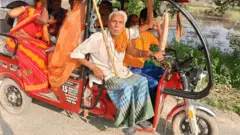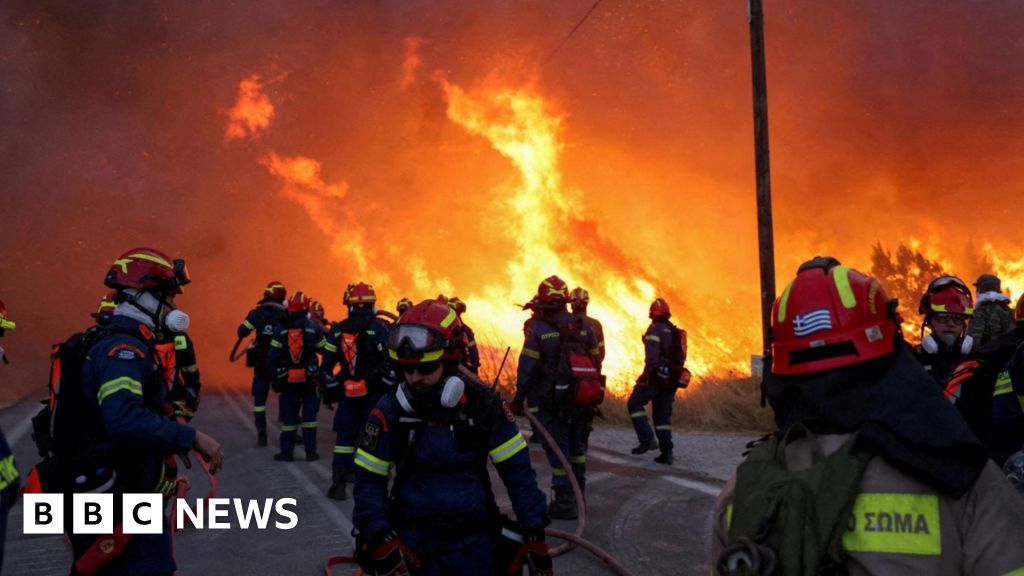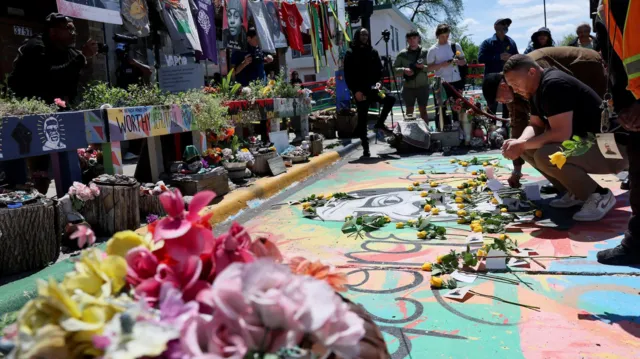Meryl Sebastian & Devina Gupta,BBC News and
Abhishek Dey,BBC News, Delhi
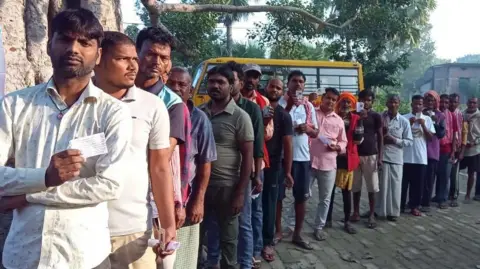 Election Commission of India
Election Commission of IndiaBrisk voting is being reported in the eastern Indian state of Bihar where more than 74 million people are eligible to vote in a crucial election that will be a precursor to several key state polls.
Voters are casting their ballots for 243 seats in a two-phase election to choose the next state government. Counting of votes is scheduled for 14 November.
The election comes after a controversial revision of electoral rolls that the opposition alleged would exclude genuine voters and give an edge to Prime Minister Narendra Modi’s Bharatiya Janata Party (BJP).
The BJP and India’s Election Commission have denied these allegations.
Long queues were witnessed through the day outside the polling stations in all the 18 districts where voting was being held on Thursday. The second and final day of voting would be 11 November.
In hundreds of polling booths, people could be seen arriving in electric three-wheelers arranged by the district administration, especially for the elderly and persons with disabilities.
In Alipur district, a 70-year-old woman was carried on a cot to a polling centre by her family members. When reporters asked her for comments, she could hardly speak. Her relatives said she was unwell but still wanted to make sure that her vote counted.
Some polling stations were decorated with balloons and makeshift tents were arranged outside for voters to rest while they waited for their turn.
At many centres in Siwan, Darbhaga and Begusarai districts, voters could be seen clicking photos at selfie points set up by the local booth officials.
At 13:00 local time [07:30GMT], the voter turnout was recorded by the Election Commission at 42%.
 Election Commission of India
Election Commission of IndiaBihar is one of India’s poorest and most populous states, which sees millions migrating to other states for jobs. It is also among the few states in India where Modi’s party has not managed to form a government yet on its own.
The outgoing government is an alliance between the BJP and the Janata Dal (United), or JD(U). They are contesting the elections again together while India’s main opposition Congress party has tied up with the regional Rashtriya Janata Dal (RJD) and a number of smaller parties.
The election has also seen the entry of a new political party led by Prashant Kishor, a political consultant who has in the past worked with both the BJP and the Congress.
The election is also being closely watched as it might be the last to see active participation from two leaders who have shaped Bihar’s politics for almost four decades – JD(U)’s Nitish Kumar and RJD’s Lalu Prasad Yadav. The rivals, who are said to be in poor health, have on occasion joined hands to stay in power.
Incumbent chief minister Kumar is one of the state’s most influential leaders and has led the government for a major part of the past two decades.
He is a key ally of the BJP and played a crucial role in helping Modi’s party form the federal government after the 2024 election.
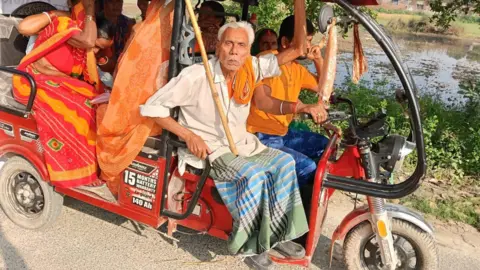 Election Commission of India
Election Commission of IndiaRJD’s Lalu Yadav served as chief minister from 1990-97. Known for his colourful personality and witty one-liners, Yadav’s rise as a politician who championed marginalised caste groups transformed the political landscape of the state. His party’s years in power, however, became associated with misrule and corruption. He is currently out on bail after being convicted in corruption cases.
Yadav’s son Tejashwi has been projected as the chief minister candidate for the opposition alliance.
The election comes on the back of a controversial voter list revision carried out by India’s Election Commission a few months ago. The commission released a list of 74.2 million voters in September, weeding out 4.7 million names.
The exercise was sharply criticised by the opposition, which accused the commission of dropping many voters – especially Muslims – to aid Modi’s party. Both the BJP and the Election Commission denied this.
Analysts say female voters are expected to play a key role in these elections – nearly half of the voters are women and their turnout has seen a steady rise.
Political analyst Santosh Singh says women in Bihar are more likely to vote over issues and that’s why political parties are trying to target them with different welfare schemes. Both alliances have offered financial assistance to woo women voters.
Earlier this week, the BBC met Kushboo Devi, 40, who’s been campaigning for her local candidate in Masaurhi village. She says she has been trying to get everyone to come out and vote, but her focus is on women.
“Because in Bihar, wherever you see a higher voting percentage, it’s usually the women who are showing up at the poll booths.”
